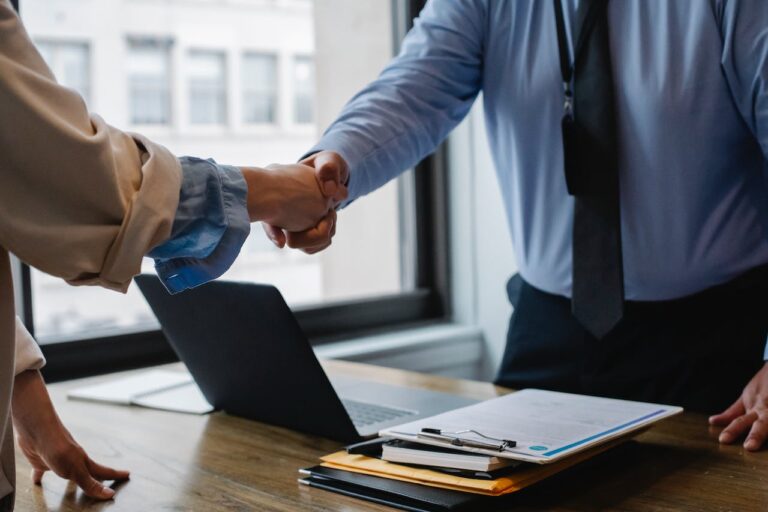That’s it, you’ve finished the big creative project you’ve been working on for weeks. All you have to do is pass it along for feedback, before getting it out into the world. After one week you get no response, so you send an email checking on status. Of course, your collaborator is quite busy and they have different priorities, so the waiting game continues.
After a couple of weeks you get some feedback, it is brief but requires you to redo big pieces of the work you’ve done. You spend half a day revising and then send it back over the virtual wall hoping for a quicker response now that your collaborator is familiar with it. A couple more iterations and it has been two months since your first draft was ready.
This slow version of ping-pong is happening every day all over the world of work in many ways. The story above is what we call bureaucracy. Different functional units are split up in a large organization. In the software world, this would be Engineering, QA, and Operations departments. The three departments collaborate, but bureaucracy causes inefficiencies to creep in. Effective organizations have solved this by using cross-functional teams where developers, QA, and operations sit together. The entire DevOps trend is based on this concept of cross-functional teams.
A more difficult game of ping-pong arises when the organization decides to start a big initiative. High-ranking employees with deep knowledge of all parts of the business come together from marketing, product management, engineering, design, and sales. Yet the initiative moves along at a snail’s pace. All of these high-ranking employees have teams to manage and are already fully engaged in their day-to-day. To bring folks together, there are stacks upon stacks of meetings: brainstorming meetings, planning meetings, and status meetings. Talking about work is not working. When multiple collaborators have to come together across an organization to accomplish work, communication overhead becomes unwieldy.
One of the worst versions of the ping-pong game comes during the process of onboarding new clients to a service organization. Imagine as a salesperson you close a deal for a new client and the client does not get onboarded for 6 months to a year. Your commission is on hold, the client grows impatient and in the worst case gets tired of waiting and chooses another service provider completely. At my first company, Lasalletech, we developed a product to automate client onboarding.
Connecting financial firms for electronic communication is a time-consuming process. Testing, certification, and changes on one or both sides provide ample opportunities for ping-pong. Two sides would coordinate a time to meet on the phone and would start testing the systems. An issue would arise and they would stop testing as one side or the other addressed the issue. Another meeting would be arranged and the process continued. The actual work done, testing and changes made to the system was relatively small, but the wall-time taken goes through the roof.
Our product, FIX Conductor, automated the testing and data collection parts of the onboarding process so that the client could do the certification by themselves without the need to coordinate or collaborate with somebody at the service provider’s firm. This pattern of automating one side of a collaborative process is commonly called self-service.
In the past 20 years, we have seen self-service patterns used in nearly every business model. Consumers are now accustomed to tagging their own bags and printing their own tickets when checking in for a flight; scanning and checking out at grocery stores; entering their orders into a touch screen at restaurants; navigating through automated call menus to pay bills or get customer support. As a consumer, would you rather wait for a real person to help you, or help yourself now? Most people prefer to help themselves now.
Ping-pong costs organizations dearly in terms of lost sales and productivity. It appears in any process which requires multiple people to collaborate and is exacerbated by the organizational distance between collaborators. Identifying and eliminating these games of ping-pong gives effective organizations a competitive advantage over rivals.




